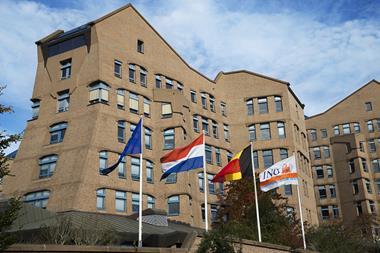The €27bn Pensioenfonds ING plans to raise its inflation hedge from 25% to 35% of its liabilities, in order to guarantee future indexation.
In its annual report for 2017, it said its hedge level was 22.9% at year-end, and that the pace of the process to increase this would be dictated by market conditions.
The closed scheme uses inflation-linked bonds from Germany, France, Belgium and the US, as well as inflation swaps.
The inflation hedge is part of the pension fund’s matching portfolio – 72% of its overall assets – which also comprises government bonds, loans and interest derivatives. It is managed by BlackRock and AXA Investment Managers.
The ING scheme’s coverage ratio was 142.8% at the end of 2017, comfortably above the Netherlands’ minimum level for granting inflation-linked benefits.
An asset-liability management study of ING’s portfolio, looking into how the scheme could keep its funding level and indexation potential, suggested it should further reduce both inflation and interest rate risk.
As a result, the board said it was considering replacing its interest hedge of nominal liabilities – currently 90% – with a coverage linked to real, inflation-linked obligations.
The pension fund reported a return on investments of 1% for 2017.
As a consequence of rising interest rates, it lost 1.4% on its matching portfolio. Its return holdings delivered 5.6%, however, with equity, credit and emerging market debt, and property generating 8.7%, 1.6% and 2.2%, respectively.
The scheme said it had switched its holdings of equity emerging markets from pooled funds to separate mandates with two new managers. It also indicated that it had fully divested its holdings in listed real estate in favour of non-listed property, which now makes up 5.6% of its investment portfolio.
The pension fund also continued divesting its remaining 2% holdings in private equity, which generated a 9% profit.
The Pensioenfonds ING recorded asset management costs of 0.3%, and spent 0.03% on transactions. Its administration costs were €259 per participant.
The scheme has 15,190 active participants, 34,375 deferred members and 20,835 pensioners.











No comments yet